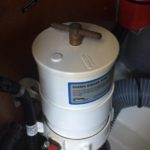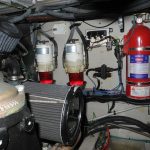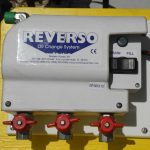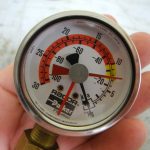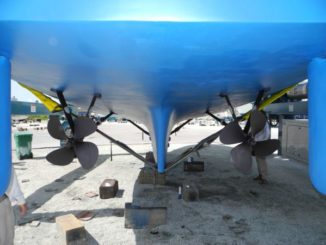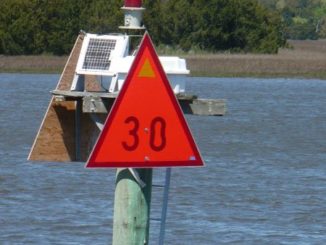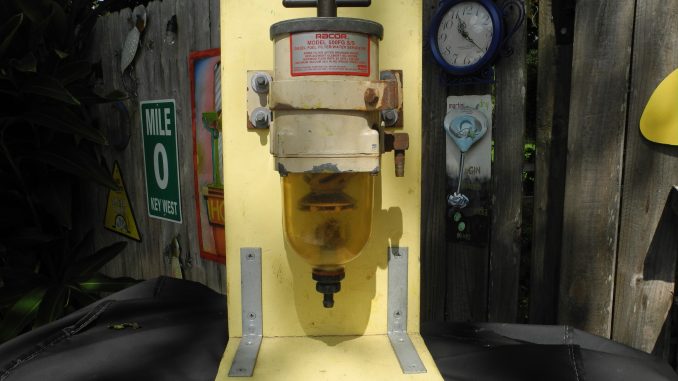
A Little More About Diesel Fuel Filtration
There are many simple things to learn about diesel fuel filtration. If you are starting out or just want to understand more, we get it! Everyone jabbers on about 2 or 10 or 30 microns. What’s a micron? And why does it matter? Most filters supplied by the boat builder are the RACOR Brand but there are others such as SEPAR and DAHL. These popular brands offer a clear sight bowl to see into the bottom of the filter bowl. This allows you to monitor any sediment or water settling from your fuel.
In another article here on our website we shared a video from a previous FaceBook live session on Diesel Fuel Filters. If you are fairly new to this conversation then you’ll want to watch the video before proceeding here with the rest of our article. After viewing it things might make more sense.
Begin at the Filter – Which one is the primary?
Let’s start with identifying the filters and their relationship to the fuel flow. The owners manual of the diesel engine may use the term PRIMARY FILTER when describing the filter on the engine. Since the word primary means first, as in earliest in time or order then this is where the confusion begins.
Many boat builders install a diesel fuel filter bolted to the bulkhead BEFORE the fuel arrives at the engine and the engine fuel filter. Since this is the first filter in the system, most boaters and diesel mechanics call THIS the primary fuel filter. Then the filter on the engine is called the secondary filter. So, to clear the confusion just use the term Bulkhead and Engine filter. The fuel runs from the fuel tank to the Bulkhead fuel filter then to the Engine fuel filter…then to the engine.
What’s a Micron and Why do I care how large or small it is?
A micron is one millionth of a meter so now you may understand how small the openings are in the element and how small a particle the filter is intended to capture while allowing enough fuel to flow through. Too small a micron in the filter element can restrict the fuel flow just as badly as a dirty bulkhead fuel filter will. So it’s a fine balance that your mechanic can help you with.
Next we must look at the design of the diesel engine and the intended RPMs that you plan to operate the engine. This must be considered when discussing what size micron element you should use on the bulkhead filter. Fast and high RPM engines need fuel supplied immediately and without restriction. If you can capture many particles when the fuel runs through the bulkhead filter then there are less particles to clog the engine filter. Remember, to keep in warranty you should always use the micron size filter recommended by the engine manufacturer.
Monitoring the Cleanliness of the Filter Element
We recommend your best practice is to install a Vacuum Gauge. The gauge will monitor the fuel flow restriction. A dirty filter restricts the fuel flow to the filter on the engine. Installation of a vacuum gauge allows you to monitor the fuel filter status, allowing you some early warning when the filter is becoming clogged. Then you can plan a filter change back at the dock rather than starve the engine while underway.
Want to learn more?
Join us at an Introduction to Boat Systems Seminar. Here is a link to our next available open seminar dates. And be sure to check out our video Diesel Fuel Filters Are Easy to Maintain. Lots more to learn and you can rent or own for less than $10 right here.
Have any questions? Ask Captain Chris 772-205-1859

